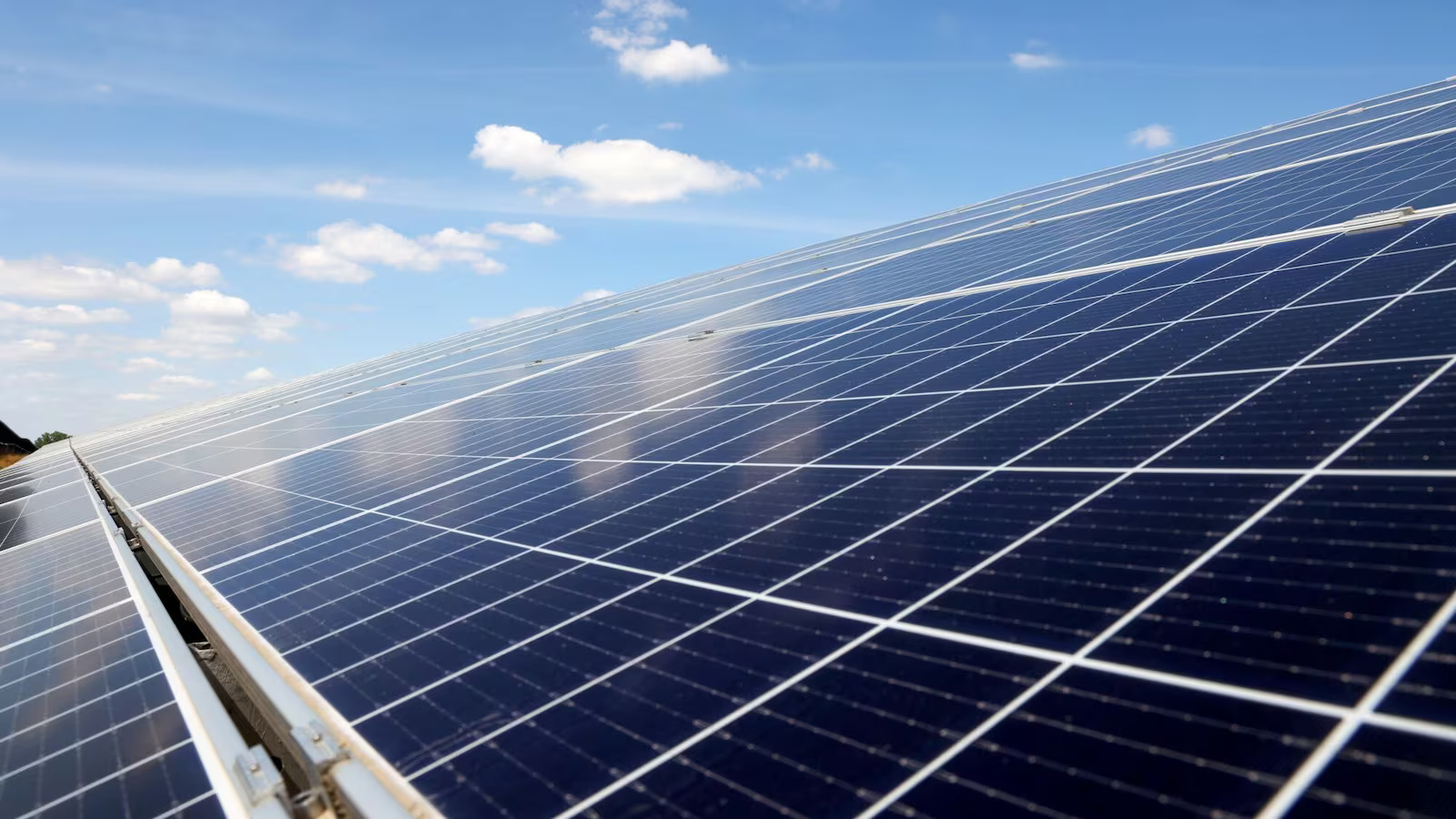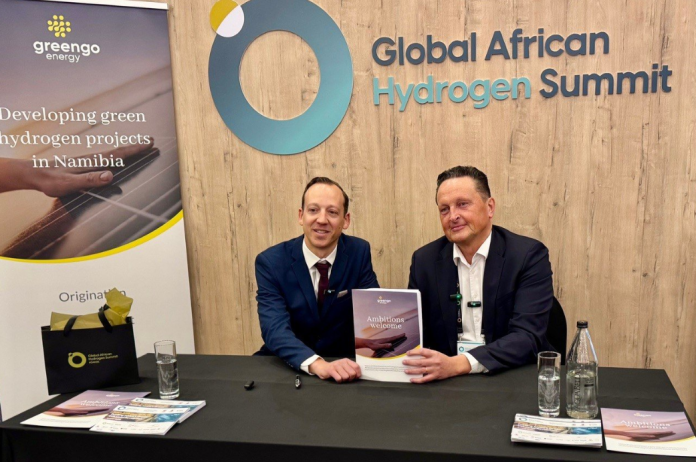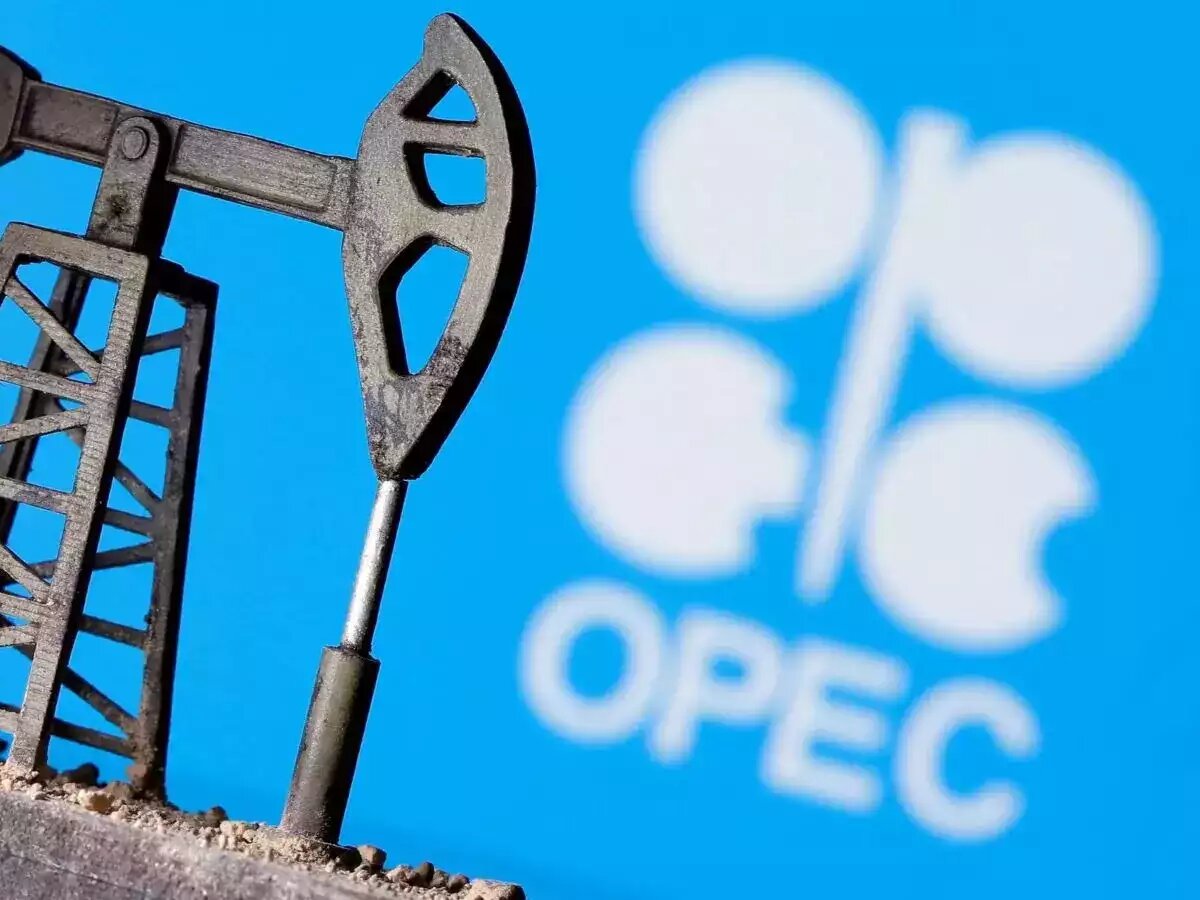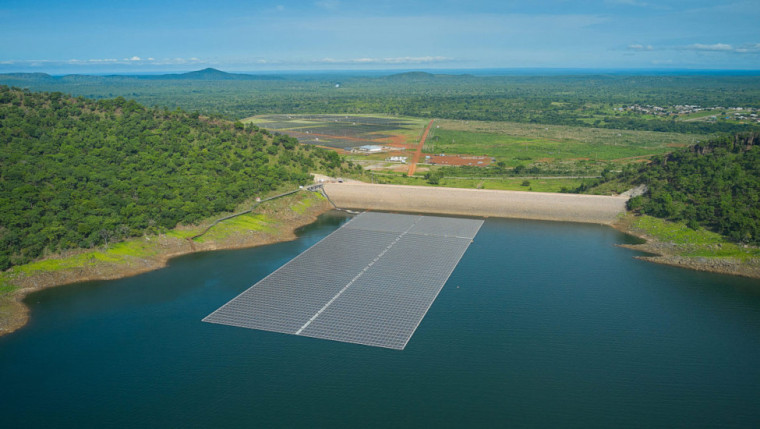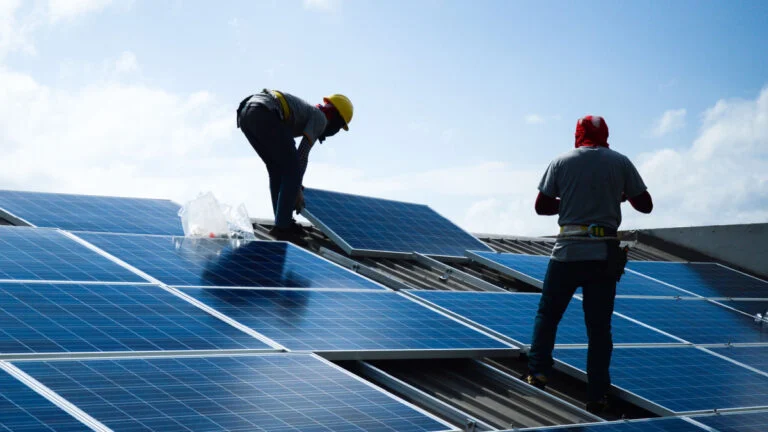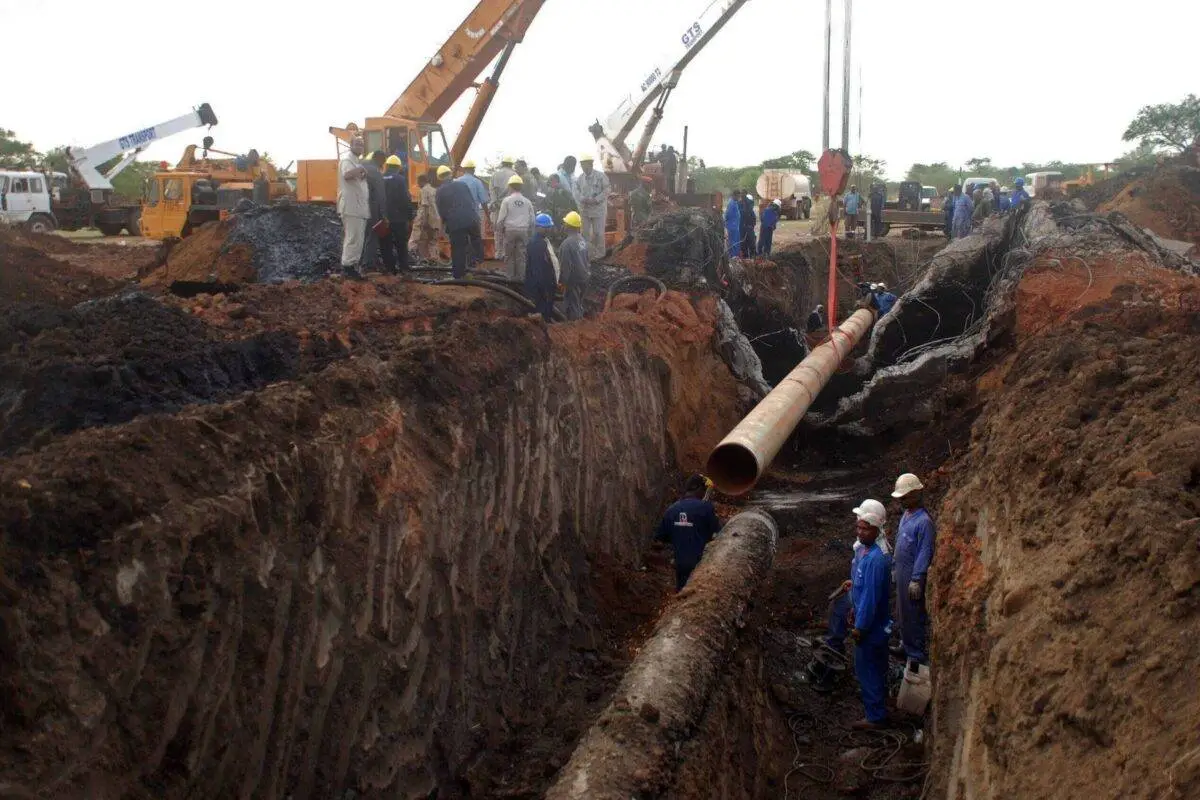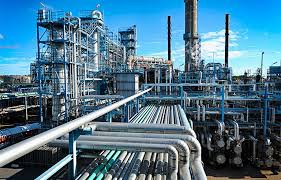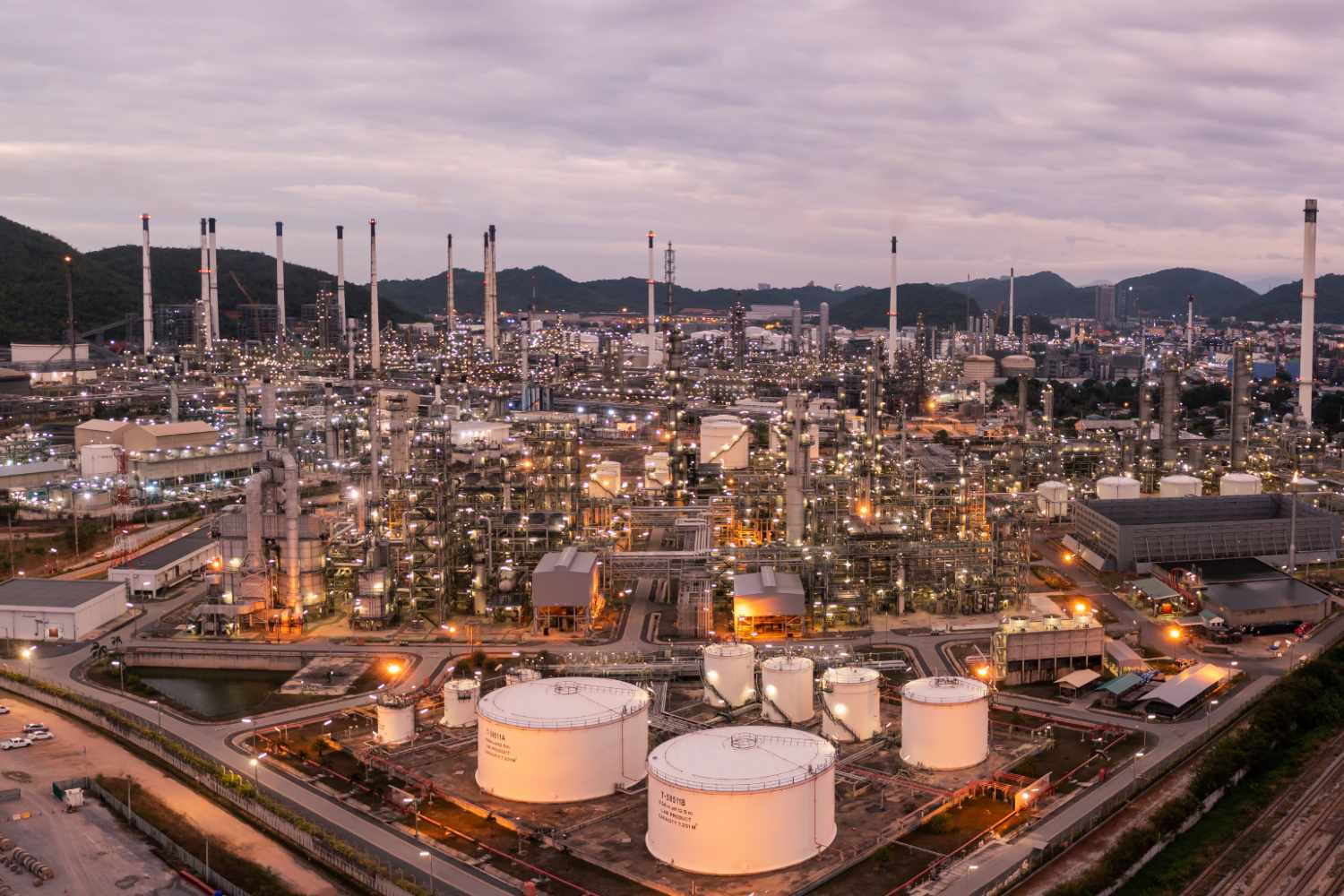Generation

The Role of Thermal Power in Guinea-Conakry’s Industrial Strategy
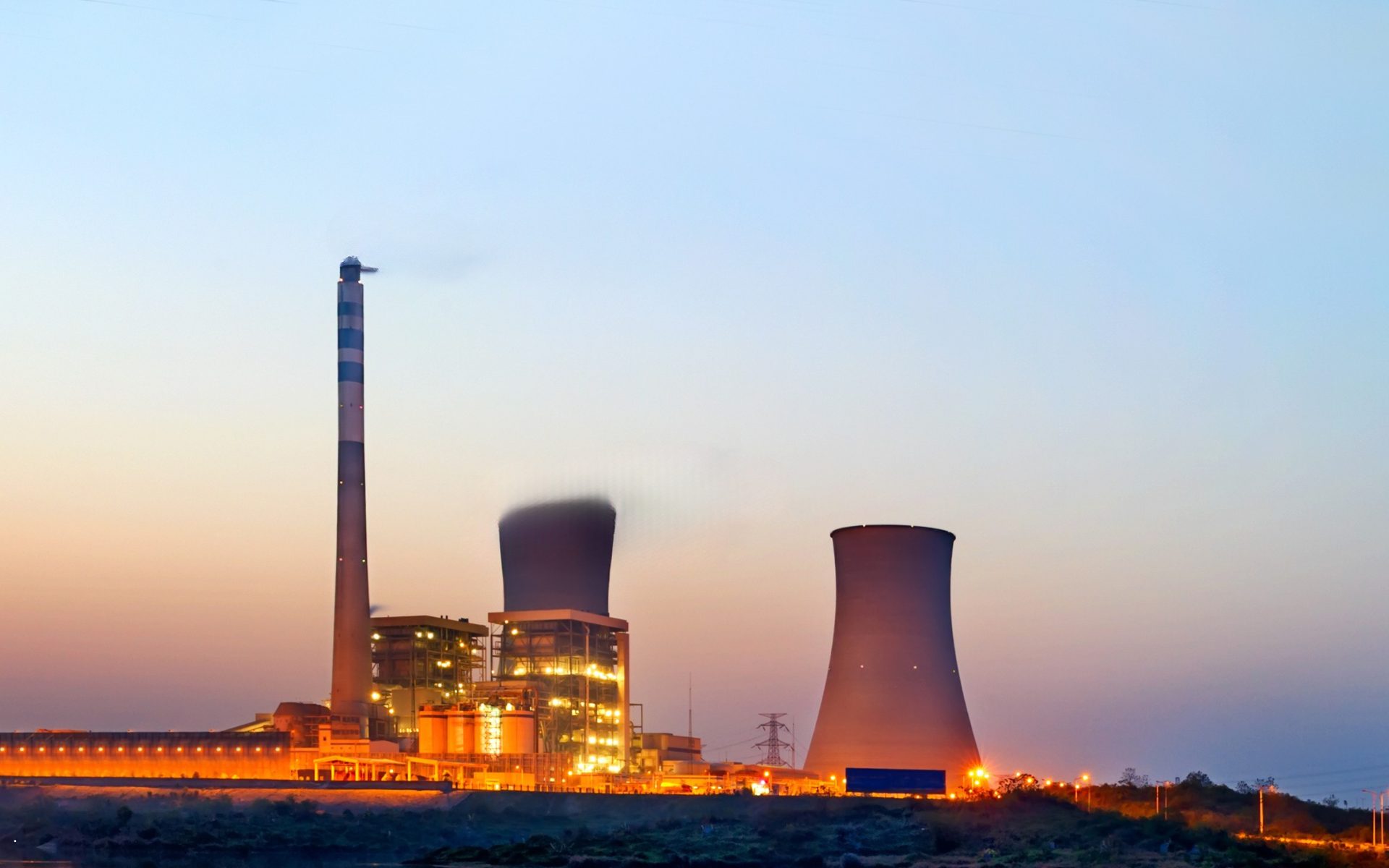
Guinea-Conakry is accelerating its industrial and energy development through targeted investments in power infrastructure. As such, thermal energy is emerging as a key driver of reliability and scale as the country builds capacity to support mining and manufacturing growth.
The recent completion of a thermal power plant by Chinese steel company Baowu at the Simandou iron ore project marks a pivotal moment for Guinea-Conakry’s industrial ambitions. Designed to power operations at one of the world’s largest undeveloped high-grade iron ore deposits, the facility underscores how thermal energy remains a critical enabler of the country’s industrial growth.
Thermal Power Supports Mining, Urban Growth
The new thermal power plant at Simandou is set to provide consistent base load electricity to support large-scale mining operations at the site, which is expected to produce up to 120 million tons of iron ore annually. The plant is part of an integrated infrastructure package that includes a 622-km railway and new deepwater port to facilitate iron ore exports, primarily to China.
Deployment of thermal power at the iron ore project will provide stable power to ensure continuous mining operations, supplementing seasonal hydropower variability. Set to commence operations in November 2025, the iron ore project is developed as part of a joint venture involving Baowu, Winning Consortium Simandou, Rio Tinto and others.
Meanwhile, in Conakry, the 50 MW Té Power Project has been supplying electricity to over 800,000 people since achieving commercial operations in November 2020. Developed by Té Power Company, a subsidiary of independent power producer Endeavour Energy, the plant supports urban grid stability and forms part of Guinea’s wider plan to strengthen thermal generation capacity alongside planned renewable and nuclear developments.
Growing Guinea-Conakry’s Power Sector
Guinea-Conakry is actively expanding its power sector to meet growing industrial and residential demand. Recent developments include a €60 million loan from the French Development Agency to improve electricity access in Forest Guinea, with planned upgrades to both urban and rural transmission networks. Meanwhile, cross-border interconnection projects, such as the Guinea-Mali power link, are also underway to enhance regional grid stability and open new commercial corridors.
The government is currently pursuing a diversified energy strategy that integrates thermal, renewable and nuclear solutions. This includes a collaboration with Russia’s Rosatom to deploy floating nuclear power plants and a national target to install 500 MW of solar energy. Hydropower also plays a critical role in the country, with large-scale projects such as the 450 MW Souapiti Dam, the 300 MW Amaria Project and the 294 MW Koukoutamba Dam at various stages of development.




